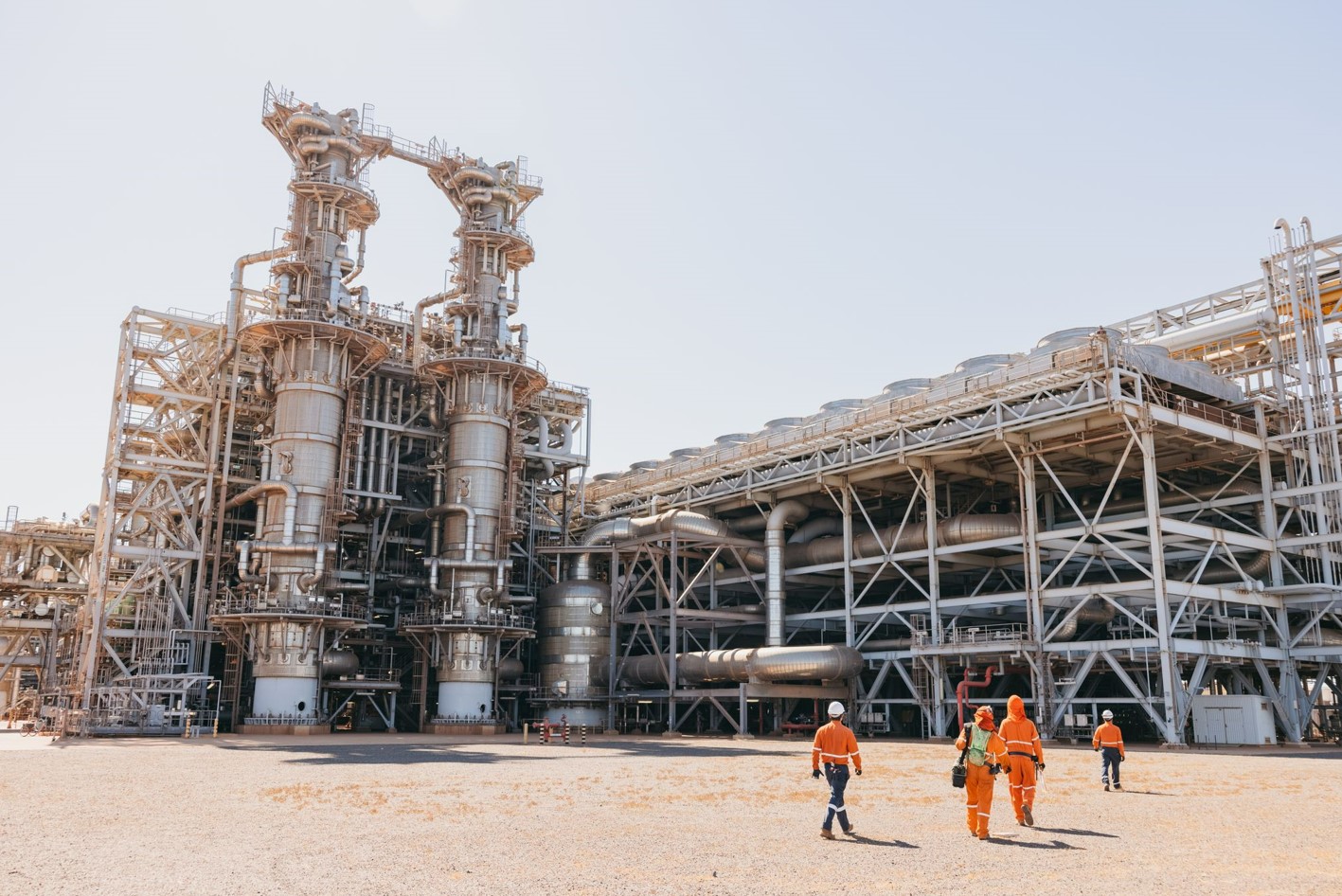Woodside’s Pluto LNG terminal in the Pilbara region of Western Australia has shipped more than 700 cargoes since its launch in 2012, while the plant’s production continues to rise.
Pluto LNG currently has one LNG train with a capacity of 4.9 mtpa but Woodside and US engineer Bechtel recently started building the second train with a similar capacity at the plant.
In November, Woodside took a final investment decision on the Scarborough and Pluto LNG Train 2 developments worth about $12 billion.
The approval also includes new domestic gas facilities and modifications to the first train.
Woodside said in its first-half report that the tenth anniversary of the first LNG produced at Pluto occurred in May 2022, and the project also delivered its 700th cargo in June.
The sale of LNG and condensate produced at Pluto LNG in the past decade has generated about $23 billion in revenue for Woodside, according to the firm.
Woodside is the operator and holds a 90 percent participating interest in the first Pluto LNG train. Japan’s Kansai Electric and Tokyo Gas each hold a 5 percent interest in the project.
Woodside said it achieved “strong” production performance at Pluto LNG, delivering 24.3 MMboe production (Woodside share) in the first half of 2022.
This was an 11 percent increase compared to the first half of 2021 due to the start-up of the first phase of the Pyxis Hub and the Pluto-Karratha Gas Plant Interconnector, enabling Pluto gas to be processed at North West Shelf’s Karratha Gas Plant (KGP).
“This well-timed investment allowed us to supply three LNG cargoes, one condensate cargo and pipeline gas into a strong market, generating $419 million in revenue and delivering additional value to our shareholders,” Woodside’s CEO Meg O’Neill said.
Profit surges
Woodside recorded a half-year net profit after tax (NPAT) of $1.64 billion. Underlying NPAT was $1.81 million, up 414 percent on the corresponding period in 2021.
Operating revenue rose 132 percent year-on-year to $5.81 billion.
The firm previously said its sales revenue more than doubled in the second quarter to $3.43 billion, boosted by higher realized prices.
“Our first results since the completion of the merger with BHP’s petroleum business highlight the increased financial and operational strength delivered by our larger, geographically diverse portfolio of high-quality operating assets,” O’Neill said.
“Production for the half year was 19 percent higher at 54.9 million barrels of oil equivalent, benefiting from the contribution in the month of June of the former BHP assets and improved reliability at our LNG facilities,” she said.

